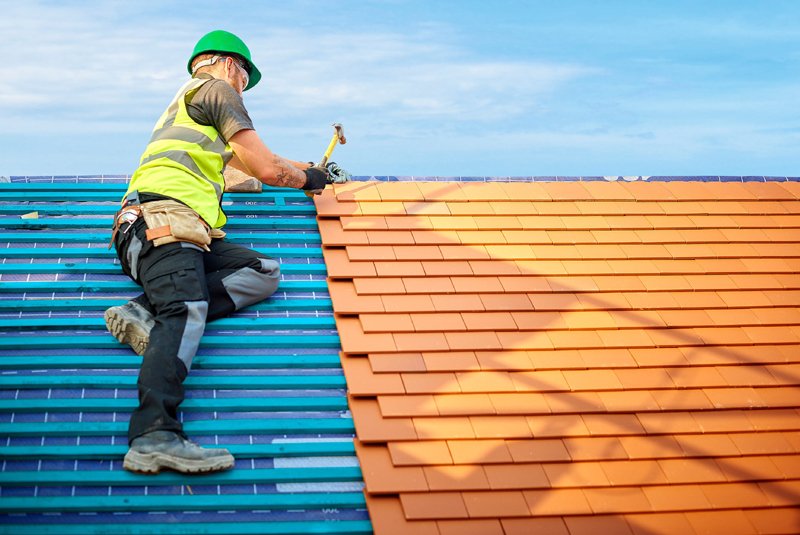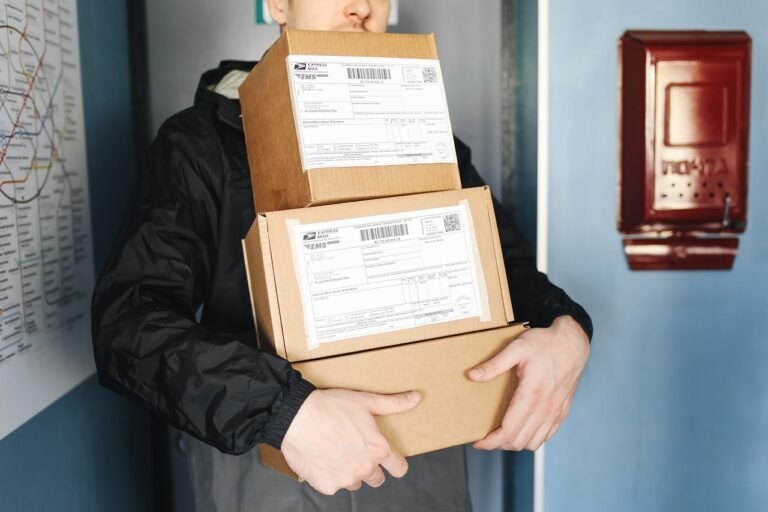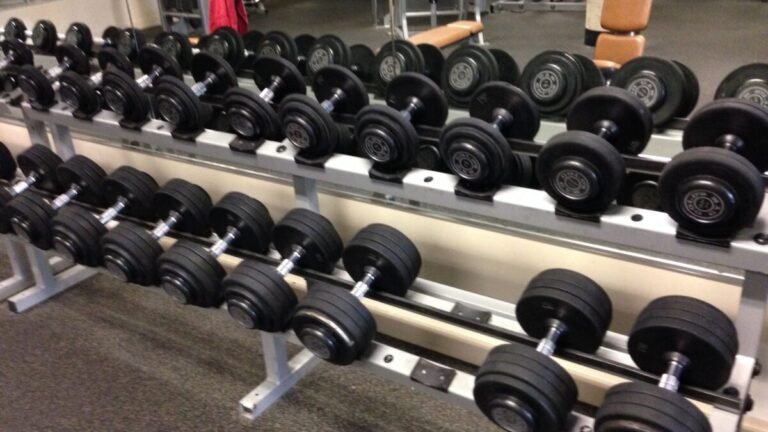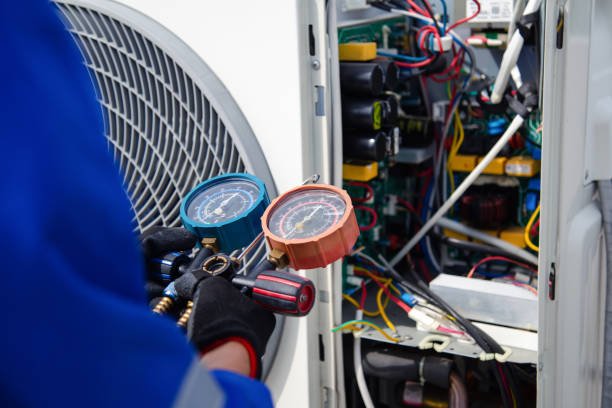How to Extend the Lifespan of Your Residential Roof After Installation?
One of the most important components of your house is the roof. It protects your abode from extreme weather conditions, debris, and other hazards. However, many people neglect roof maintenance because it does not attract attention until there is a need to address an issue. You can follow a few tips to increase the durability and performance of your residential roof.
To extend the lifespan of your residential roof after installation, you should schedule regular inspections, keep your roof clean, trim overhanging tree branches, and address roof leaks immediately. Homeowners should also install roof ventilation, prevent ice dams, and reinforce their roofs after storm damage.
Tips by Residential Roof Installation Experts to Extend the Lifespan
Proper roof installation is the starting point in ensuring that your roof lasts longer and performs properly. The residential roofing experts will give you tips and strategies to enhance the lifespan of your roof so you can protect your investment structurally and aesthetically for many years to come.
Schedule Regular Roof Inspections
The first tip by residential roof installation contractors is to prioritize inspection to detect problems early and avoid the stress of major problems later on. You should hire an expert roofer to inspect your roof at least once or twice yearly and during other massive weather events such as storms, snowfall, or hurricanes. During the inspection, professionals assess weak points, missing shingles, leaks, or any areas showing signs of repairs. Early detection of these problems can help prevent minor repairs from transforming into costly roof replacements.
DIY Tip: Even though professional inspections are needed, periodic visual inspections may be an option. If roof shingles are loose or discolored and appear sagging, cracked, or curled, then it’s high time you seek the help of residential roof installation professionals to renovate your roof.
Keep Your Roof Clean
Debris, such as leaves, branches, and dirt, can accumulate on your roof over time. These may trap moisture, resulting in mold, shingles rotting, and structural damage. Removing all this debris reduces your chances of encountering such problems. Clean your roof regularly and remove its surface debris, especially after storms and seasonal changes.
Tip for Gutter Maintenance: Keep your gutters clean, too. Clogged gutters allow water to gather in the gutters and leak under the roofing structure, causing significant water damage and leaks. Residential roof installation experts suggest cleaning your gutters twice a year, especially in autumn and spring.
Trim Overhanging Tree Branches
Trees are good for giving your property a natural touch and providing shade but are a risk to your roof. However, fallen branches may also cause damage to the roof or the rest of the building’s structure during a storm. You can avoid this risk by trimming the trees regularly and picking up all fallen leaves, twigs, and branches.
Pro Tip: Keep safe distances between tree branches and your roof. A good practice is to have some leaves at least 10 feet away from your roof. You can also hire a residential roof renovation company to clean the area professionally.
Address Roof Leaks Immediately
When enough time has passed, the slightest leak from your roof can cause considerable damage. Water coming into your house through the crack could weaken the structure of your roof. This can develop mold growth and damage walls and ceilings. Any time you notice a leakage, such as water stains on the ceiling, damp spots, or dripping water, repair the issue immediately.
Install Roof Ventilation
Ventilation is important to have your roof in good condition. A well-ventilated roof will regulate the temperature in the attic. This will avoid excessive heat accumulation during summer and moisture during winter. Failure to ventilate results in the escalation of heat and moisture, causing deterioration of the installed residential roof.
Ensure proper ventilation in your attic to prevent roof leaks. Proper ventilation minimizes moisture content, weakening the roof’s structures and increasing the chances of leaks.
Prevent Ice Dams
Ice dams form when snow on your roof melts and re-freezes at the eaves. This can block the normal flow of water, sometimes leading to leaks and other damage to the roof structure. Prevent ice dams by ensuring your attic is adequately insulated and ventilated and removing excess snow from your roof over the winter.
Property owners can also install heating cables on their roofs to melt the built-up snow and ice, especially when they are located in areas that normally get frost.
Reinforce Your Roof After Storm Damage
Strong wind, hail, or storms can cause extensive damage to your roof. Check your roof for damages such as broken shingles in case of storms, as this is a telltale sign of roof damage. If there are any, ensure they are fixed immediately to prevent the situation from worsening.
Insurance Tip: If you have homeowner’s insurance, check your policy first to see if it covers damage caused by storms on roofs. You should first check with the residential roof installation company to know if they accept insurance as a mode of payment.
What signs of damage should you look for?
When inspecting your roof, look for missing or cracked shingles, curling edges, rust on metal components, water stains in the attic, and granule loss in gutters, all of which indicate potential damage.
How can you extend the life of your roof?
To extend the life of your residential roof after installation, perform regular inspections, maintain gutters and clear debris, ensure proper ventilation and insulation, promptly repair damages, and consult professionals for upkeep and maintenance as needed.
How can you clean your roof safely?
To clean your roof safely, use a soft-bristle brush or leaf blower to remove debris. Avoid pressure washing, and consider wearing safety gear or hiring professionals for high or steep areas.
Conclusion
Taking proactive steps to care for your roof can significantly extend its lifespan and save you from costly repairs or replacements. To extend the lifespan of your residential roof post-installation, you must schedule regular inspections, keep your roof clean, and trim overhanging tree branches. Leaks on your roof must be attended to at once. Install roof ventilation, prevent ice dams, and reinforce your roofs after storm damage.
Click here and read more blogs






